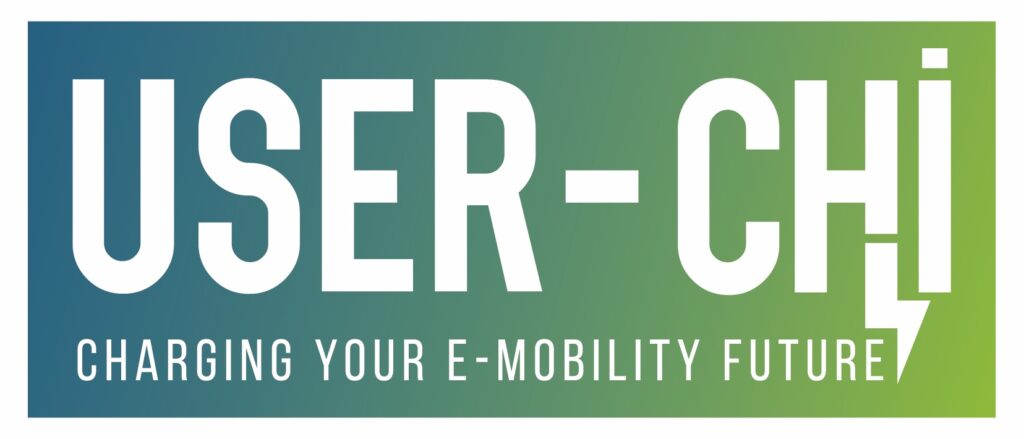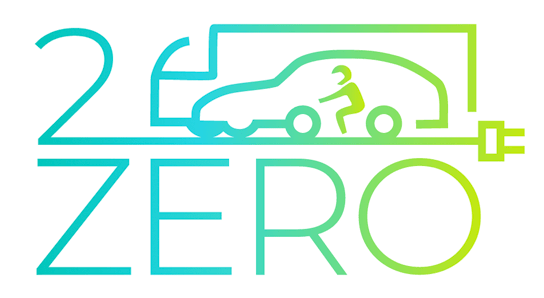USER-CHI
innovative solutions for USER centric CHarging Infrastructure

- Framework: Horizon 2020
- Type: IA
- Status: Ongoing
- Category: Electrification (FEV/PHEV)
- End Date: 31/01/2024
- Vehicles: Passenger cars
USER-CHI aims at unlocking the massive potential of electromobility in Europe. This will be achieved by
- Integrating different innovative charging technologies with a holistic perspective,
- Putting the user at the centre and empowering it,
- Exploiting the synergies between electromobility and the process of greening and smartification of the grid which is taking place to achieve the energy transition in Europe,
- Integrating the technological tools, business models and regulatory measures which will transform the elements cited above into an actual, working ecosystem which improves the user experience of EV drivers beyond the current levels of ICE vehicles drivers, whilst at the same time makes financially attractive for the relevant private and public actors the large scale deployment of Europe’s required user-centric charging infrastructure.
USER-CHI will boost a large-scale e-mobility market take-up in Europe, by means of developing integrated smart solutions, novel business models and new regulatory framework conditions, which will be demonstrated and validated in 5 urban areas all along with the European territory: Barcelona metropolitan area (Spain), Rome (Italy), Berlin (Germany), Budapest (Hungary), and Turku (Finland). These 5 sites act as connecting nodes of the key Mediterranean and Scandinavian-Mediterranean TEN-T corridors, while their different sizes, complementary contexts, and e-mobility maturity level offer a holistic view of e-mobility in Europe, facilitating the scalability and replicability of the demonstrated solutions.
Since large scale replication and transferability of USER-CHI results is one of the cornerstones of the project, a replication city has been included in each of the TEN-T corridors involved in the project: Murcia (Spain) in Mediterranean corridor and Florence (Italy) in Scandinavian-Mediterranean corridor. This, together with the involvement of EUROCITIES will maximise the project’s impact even after its completion.

